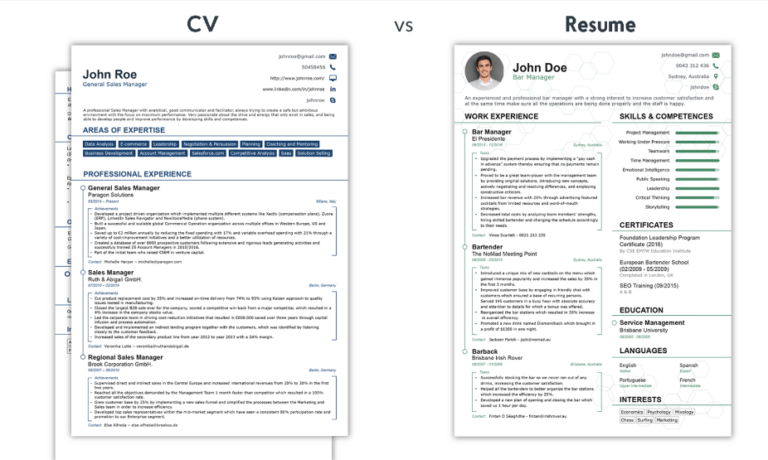The internet was once believed to be an environmentally friendly platform due to its ability to reduce the need for physical copies of documents. However, we now understand that there are other factors to consider. Massive server farms and the electricity required to run them, as well as the resources needed to load images, videos, and text in a browser, all have an impact on the environment. Additionally, the costs associated with creating content should be taken into account.
While every website has some degree of impact on the environment, there are ways to improve sustainability. In this article, we will explore the relationship between the web and the planet and provide tips for measuring and reducing a website’s carbon footprint.
To begin, it is important to recognize that web design is a multifaceted process that goes beyond creating beautiful user interfaces. Usability, accessibility, and sustainability should also be considered. The world has become increasingly reliant on the internet, leading to growing power consumption. Therefore, it is worth examining how our decisions as web designers affect the environment.
Sustainable web design does not necessarily require drastic measures. In fact, sustainable practices can often improve performance. For example, a page that loads quickly will require fewer resources. However, there are areas where performance and sustainability may diverge, such as web hosting. While using a powerful server may benefit performance, it also increases energy usage.
To measure a website’s environmental impact, there are web applications available, such as the Website Carbon Calculator. This tool calculates a site’s carbon footprint based on factors such as site data, energy source, and related metrics. By entering a URL into the calculator, website owners can see where their site ranks in terms of eco-friendliness and gain insights into the resources required.
If a website’s score is not as high as desired, there are several steps that can be taken to reduce its carbon footprint. One option is to switch to an environmentally friendly web host that uses green energy or carbon offsets. Cleaning up CSS and JavaScript by removing unused styles and scripts can also improve performance and sustainability. Optimizing media, such as using the latest codecs and formats for images, audio, and video, can save bandwidth, energy, and increase performance. Additionally, reviewing and optimizing custom code, as well as managing bot traffic, can further reduce power consumption.
By implementing these small steps, web designers can create greener websites from the start. This not only reduces emissions but also improves the user experience and potentially saves money. It is important to measure a website’s environmental impact and continuously look for areas of improvement. By taking these steps, we can all contribute to a more sustainable web.





